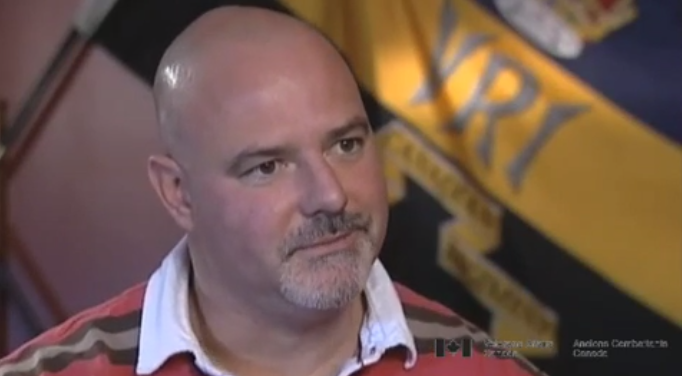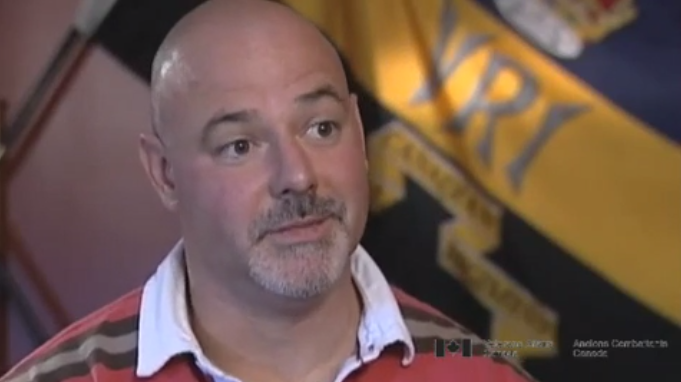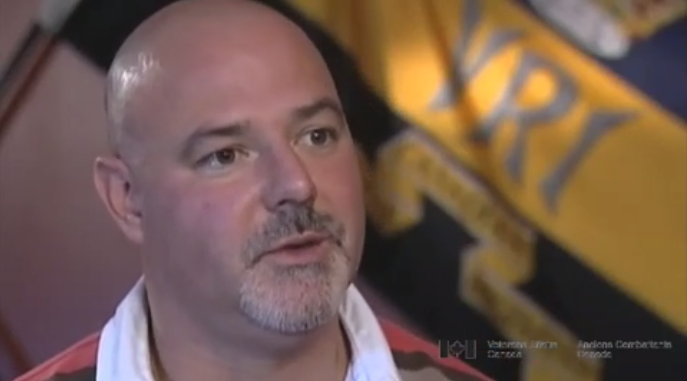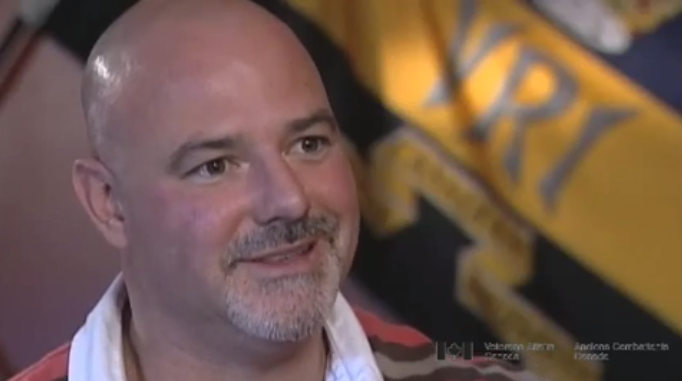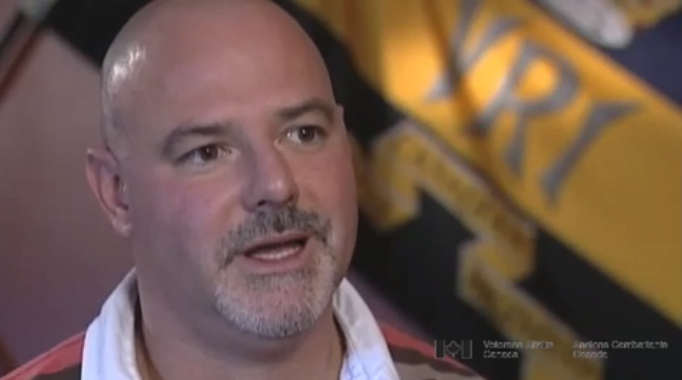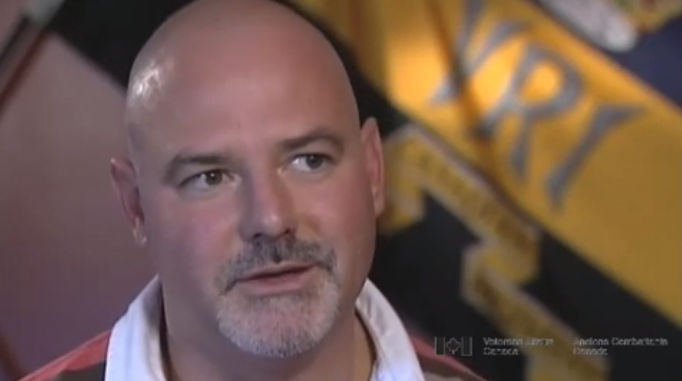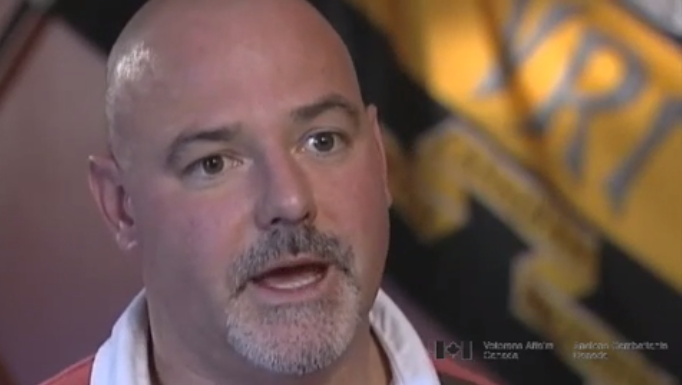Preparation and Training in Germany
Heroes Remember
Preparation and Training in Germany
When I joined, I mean I’m a product of the Cold War,
so I grew up with the Russians basically being the enemy,
and so when I joined the armed forces, you know, the Cold War
had been going on so long that it was a foregone conclusion
that yeah, I’d probably go over to Germany to serve.
And as I worked my way through basic training and battle school
and it was decided I was going to join the Royal Canadian
Regiment. Once I finished battle school I went to
Winnipeg and joined 3RCR and they were getting ready to go over
to Germany in the summer of 1988. It was, it’s kind of hard to
describe, I mean you talk to your kids about the Cold War
and they have absolutely no idea that, and we were
going over there to man positions that had been manned for
decades right on the Czechoslovakian border would be were we
would go if the balloon ever went up and everybody was
really happy and proud to have a chance to go to Germany.
Germany was, because of how many NATO soldiers were in Germany,
everybody went to a certain training cycle so as Canadians.
We always did the fall exercise in the September time frame.
We always went to a base called Sennelager which is a British
base in the late fall. We always did patrol X training
in the mountains and forests of Germany in the spring and then,
and the cycle was constant. It was, every year you were pretty
much doing the exact same thing. And then garrison duties are
courses, running courses, attending courses and so it was always
kind of of the same, but it was very busy. Very busy I mean,
but instead of being away from home for months on end, we were
at home for weeks. And then even the families got
accustomed to every year we were gone at the same time.
So there wasn’t a fast ball thrown in. And working with
other armies, when we deployed to Germany in 1988, the fall
exercise or the fall concentration of NATO soldiers from what I
remember was the largest concentration of NATO soldiers in
Germany since the end of World War Two. So here I am,
you know,overseas with 50,000 American, British, you know,
NATO soldiers doing this amazing exercise, driving through the
German countryside. It was, it was an amazing experience,
and very realistic, you know, considering we were there because
of the cold war, we were there representing NATO.
Related Videos
- Date modified:




